Recovering Habitat in Sumatra
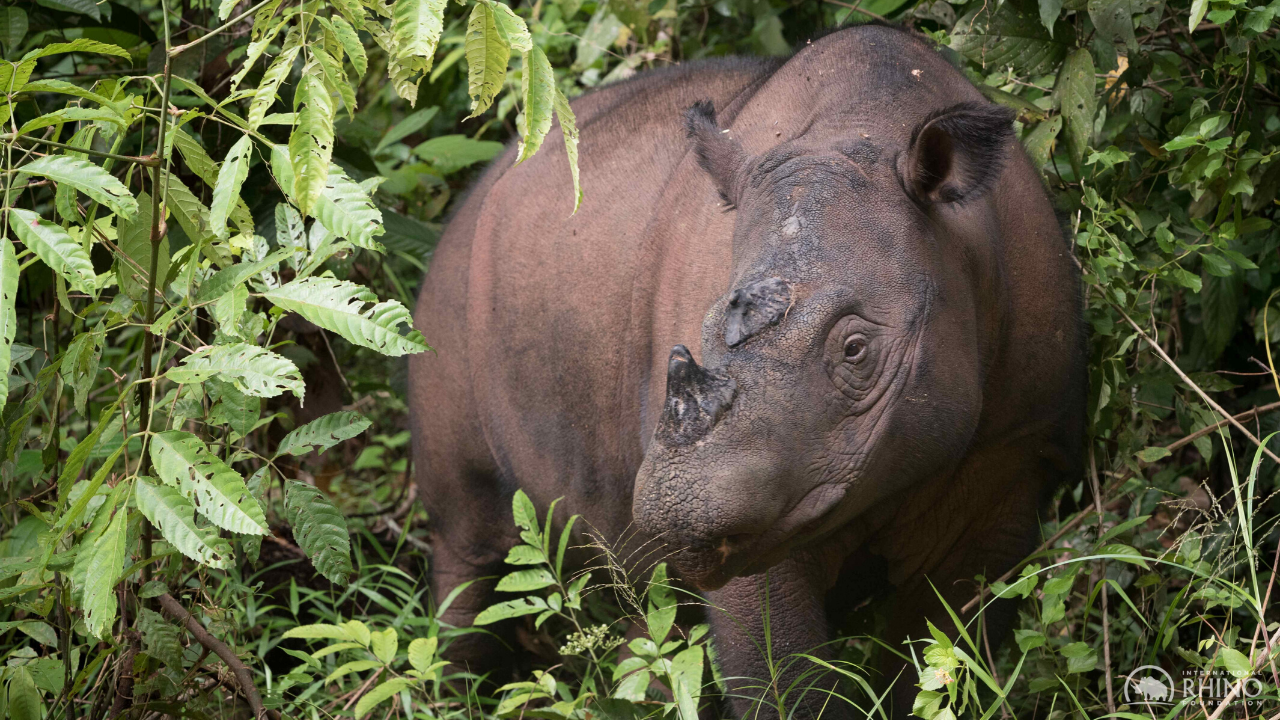
The dense, steamy rainforests of Indonesia’s Way Kambas National Park shelter some of the world’s most unique and threatened mammal species, including Sumatran elephants, tigers, and rhinos.
The Sumatran rhino in particular is so rare – fewer than 80 survive – that only a handful of people have ever seen one in the wild. Experts estimate that Way Kambas is still home to at least 15 Sumatran rhinos, making it one of only two wild populations in the world large enough to reproduce and sustain itself.
Human encroachment in the park has reduced rhino habitat by as much as one third. The isolation of the rhino population limits the potential for breeding and in turn the ability for the population to recover on its own.
IRF is working with the Indonesian government and a large coalition of partners to breed more Sumatran rhinos in sanctuaries, and eventually reintroduce them into the wild in Way Kambas. In order to accomplish this plan, additional habitat must also be recovered.
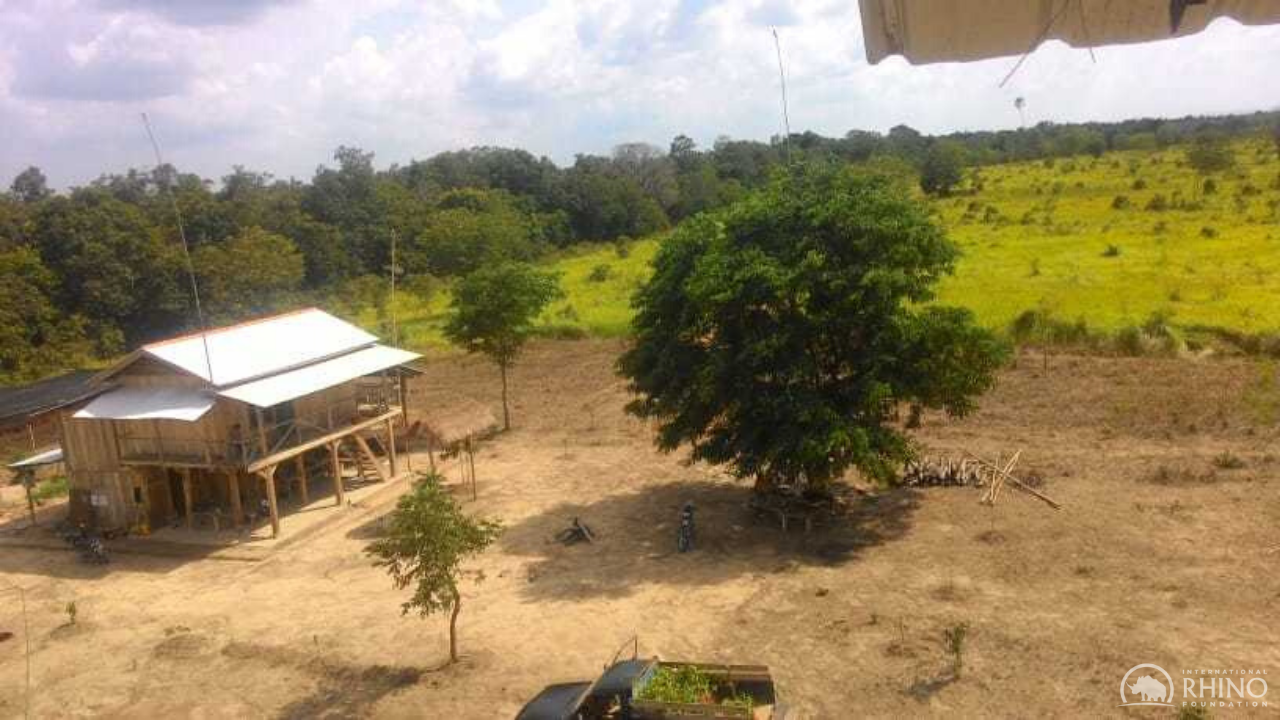
Two sites within Way Kambas have been identified by park officials as having high potential to support future populations of rhinos as well as other wildlife. The areas were selected based on the proximity to current habitats and the potential for recovery after years of degradation.
Each area will be cleared and prepared for replanting. Seedlings of rhino food source plants and trees will be grown locally and maintained by workers from nearby communities. Rainforest species grow quickly, and the replanted forest should be mature enough for rhinos, elephants, tigers and other wildlife species within just four or five years.
From June 2nd to June 30, IRF is raising funds to replant as many acres as possible in Way Kambas, creating new habitat for future wild populations of Sumatran rhinos. You can help us by making a donation to plant seedlings or gather your friends and family into a giving circle to make an even bigger impact for wildlife!
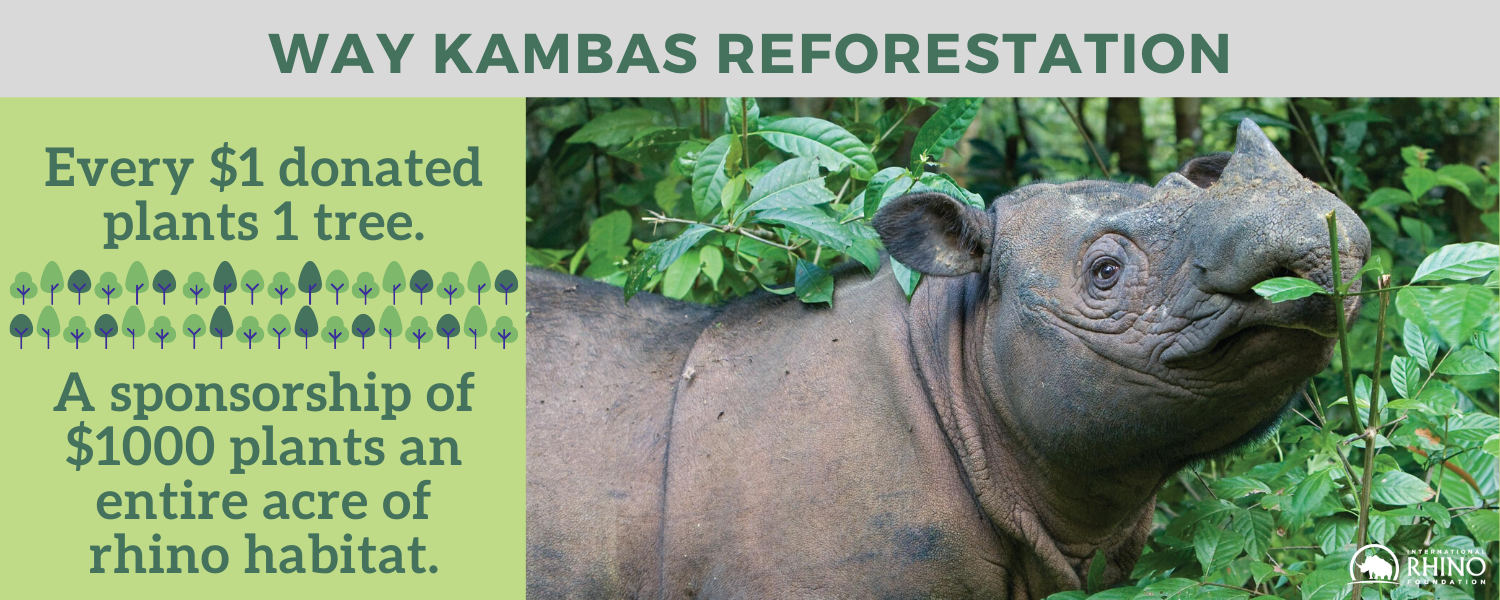
Learn more about our upcoming campaign at rhinos.org/reforestation

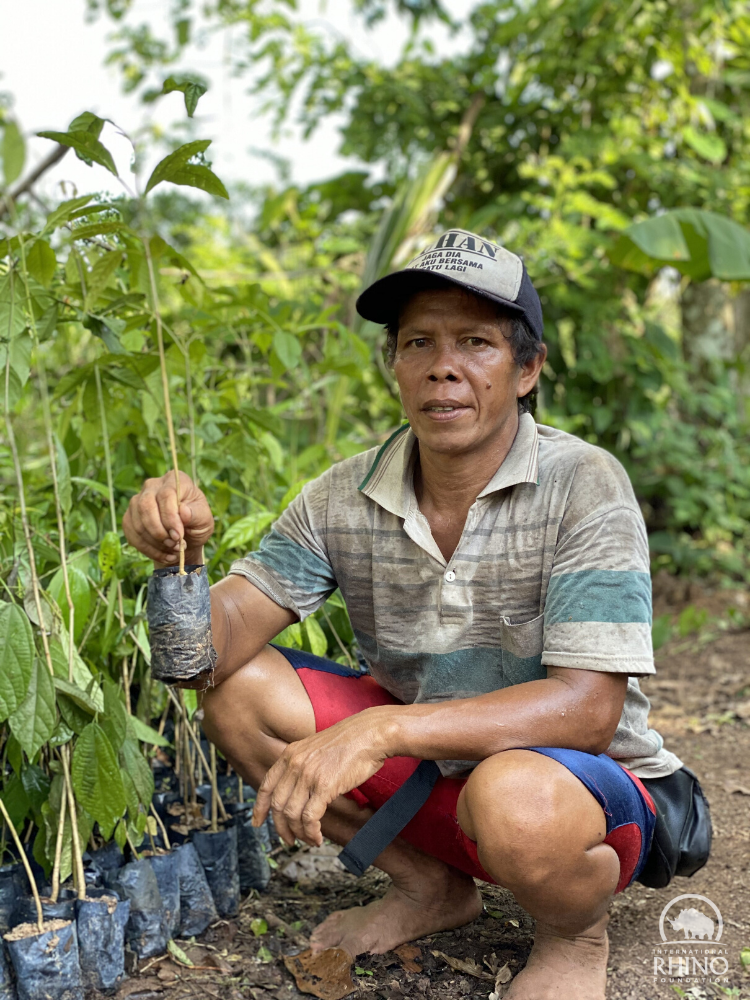
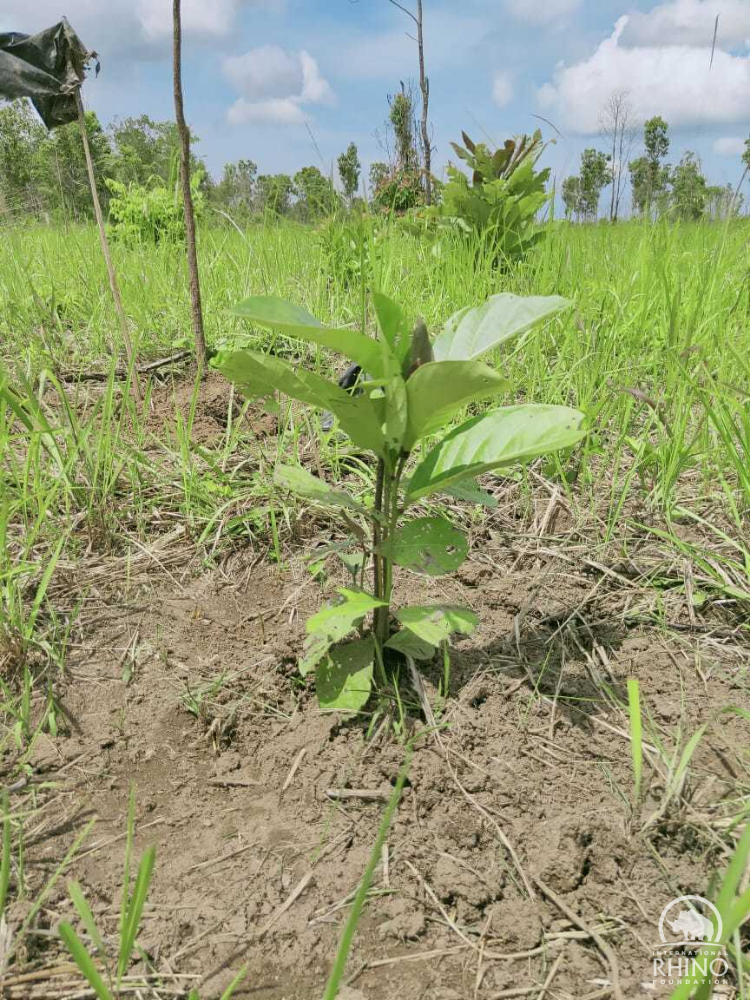
4 thoughts on “Recovering Habitat in Sumatra”
Great project, thanks for taking this on!
Thanks Patrick!